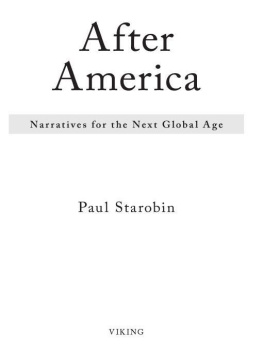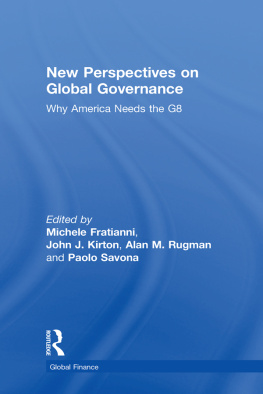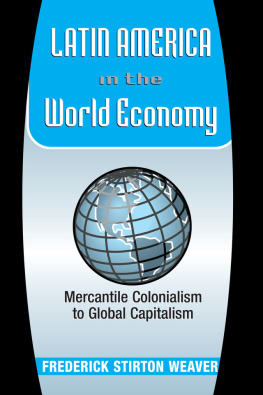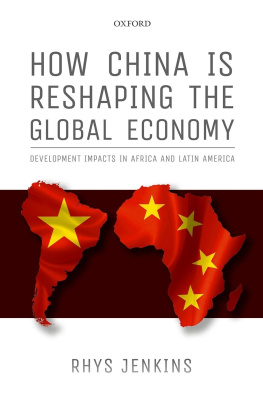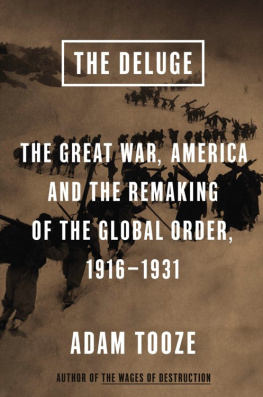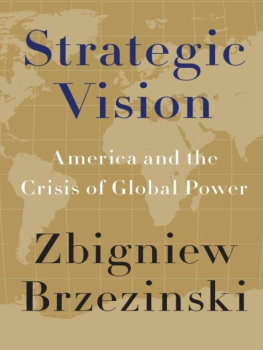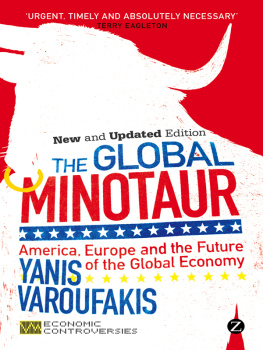Paul Starobin - After America: Narratives for the Next Global Age
Here you can read online Paul Starobin - After America: Narratives for the Next Global Age full text of the book (entire story) in english for free. Download pdf and epub, get meaning, cover and reviews about this ebook. year: 2009, publisher: Viking Adult, genre: History. Description of the work, (preface) as well as reviews are available. Best literature library LitArk.com created for fans of good reading and offers a wide selection of genres:
Romance novel
Science fiction
Adventure
Detective
Science
History
Home and family
Prose
Art
Politics
Computer
Non-fiction
Religion
Business
Children
Humor
Choose a favorite category and find really read worthwhile books. Enjoy immersion in the world of imagination, feel the emotions of the characters or learn something new for yourself, make an fascinating discovery.
- Book:After America: Narratives for the Next Global Age
- Author:
- Publisher:Viking Adult
- Genre:
- Year:2009
- Rating:4 / 5
- Favourites:Add to favourites
- Your mark:
After America: Narratives for the Next Global Age: summary, description and annotation
We offer to read an annotation, description, summary or preface (depends on what the author of the book "After America: Narratives for the Next Global Age" wrote himself). If you haven't found the necessary information about the book — write in the comments, we will try to find it.
The world is now at a hinge moment in its history, according to veteran international correspondent Paul Starobin. A once-dominant America has reached the end of its global ascendancy, and the question of what will come next, and how quickly, is not completely clear. Already the global economic crisis, in exposing the tarnished American model of unfettered free-market capitalism, is hastening the transition to the next, After America, phase of global history.
According to Starobin, the After America world is being driven less by virulent anti- Americanism than by Americas middling status as a social, economic, and political innovator; by long-wave trends like resurgent nationalism in China, India, and Russia; and by the growth of transnational cultural, political, and economic institutions. While what is going to come next has not been resolved, we can discern certain narratives that are already advancing. In this sense, the After America age is already a work in progress-pregnant with multiple possibilities.
In this book, which masterfully mixes fresh reportage with rigorous historical analysis, Starobin presents his farsighted and fascinating predictions for the After America world. These possibilities include a global chaos that could be dark or happy, a multipolar order of nationstates, a global Chinese imperium, or-even more radically-an age of global city-states or a universal civilization leading to world government. Starobin feels that the question of which narrative will triumph may be determined by the fundamental question of identity: how people determine their allegiances, whether to the tribe, nation-state, city-state, or global community.
There will be surprises, Starobin thinks. In the After America world, both the nation-state and the traditional empire may lose ground to cosmopolitan forces like the city- state and the universal civilization. California-the eighth largest economy in the world and the most future- oriented place in America-is becoming an After America landscape, as illustrated by postnational, multicultural Hollywood. Prestigious educational institutions like Harvard are migrating from an American to a global identity and thus becoming part of an After America universal civilization. While these changes may feel unsettling, our best hope for adapting to an After America world is by becoming better borrowers of the best ideas and practices developed all around the planet.
Thought provoking and well argued, After America offers a way to think about a dramatically changing world in which the United States is no longer number one. Starobins tone is sober but in the end hopeful-the age After America need not be a disaster for America, and might even be liberating.
Paul Starobin: author's other books
Who wrote After America: Narratives for the Next Global Age? Find out the surname, the name of the author of the book and a list of all author's works by series.

